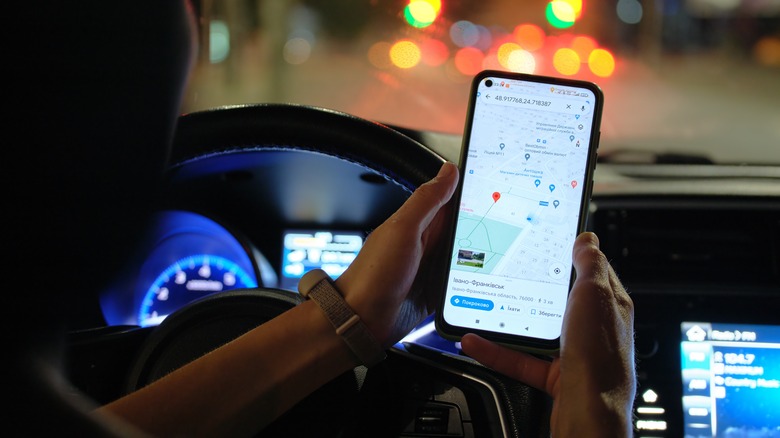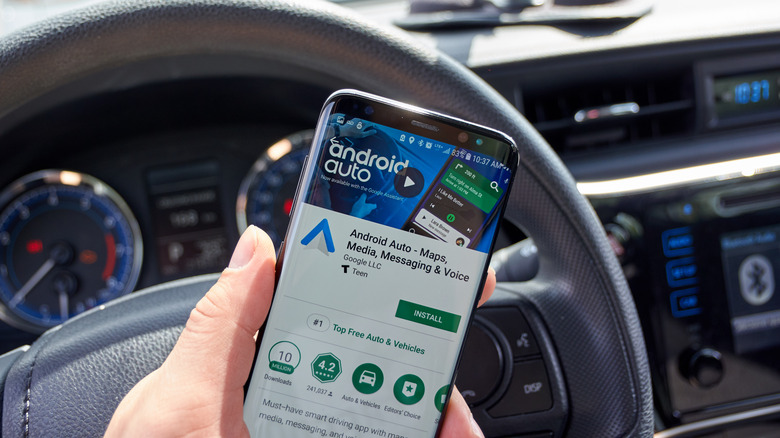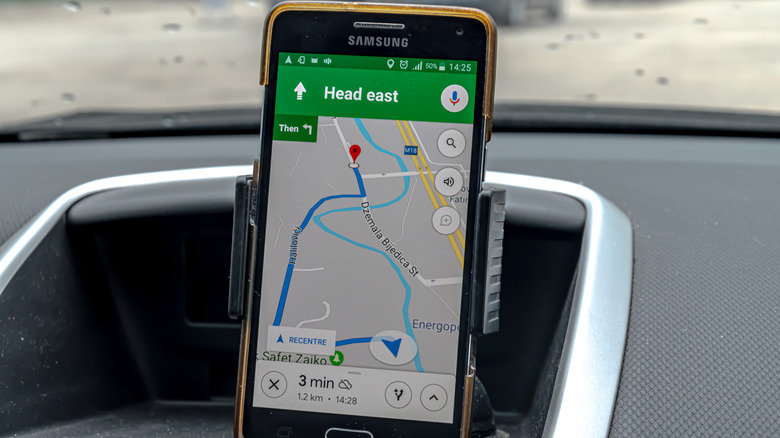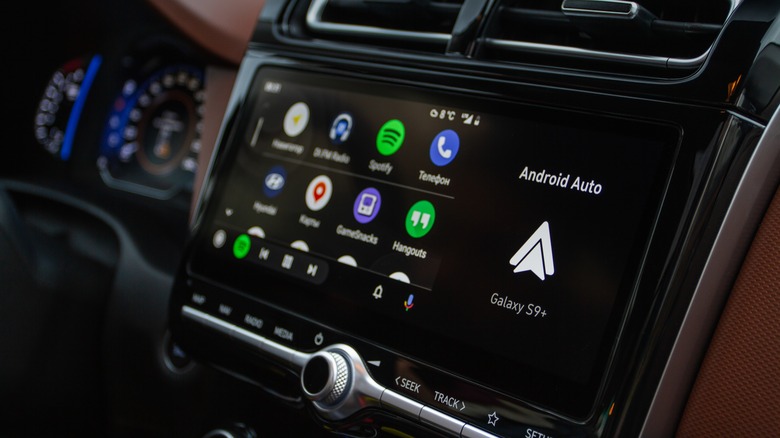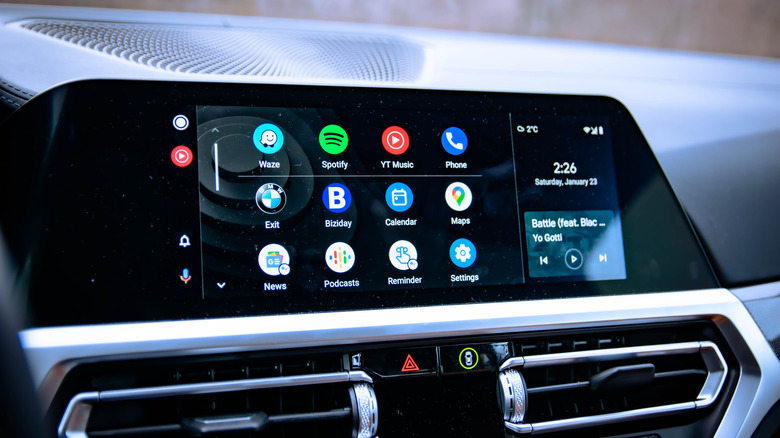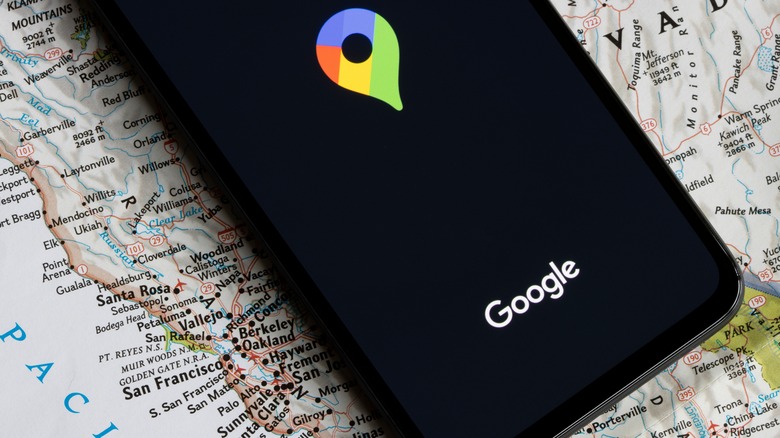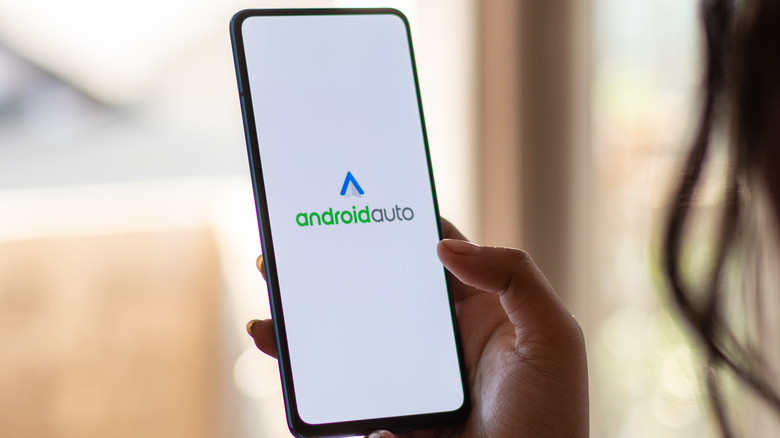Android Auto Vs Google Assistant Driving Mode: Which Is Better For Your Vehicle?
Technology has permeated every aspect of our lives, including how we navigate and interact with our vehicles. Enter driving and navigation apps — these apps offer a range of features designed to assist and entertain drivers while on the road, revolutionizing the driving experience.
By harnessing the power of smartphones and integrating with vehicle systems, they offer a seamless and intuitive interface that keeps drivers connected and informed. Whether it's finding the most efficient route to a destination, making hands-free phone calls, or accessing music and media, driving apps have become indispensable companions for drivers.
Among the myriad options available, two notable contenders stand out: Android Auto and Google Assistant Driving Mode. These apps have garnered significant attention and acclaim for their comprehensive features, intuitive interfaces, and seamless integration with Android devices and vehicle systems. In this article, we will explore and compare the functionalities, benefits, and user experiences of both Android Auto and Google Assistant Driving Mode, helping you determine which app is better suited for your vehicle and driving needs.
What is Android Auto?
Android Auto is a mobile app developed by Google and introduced in 2015 that provides users with a seamless way to control their Android phones while driving. Initially designed as a standalone app, Google has shifted its focus to integrating Android Auto features into the Google Maps app with the release of Android 12. Compatible with Android versions 6 to 11, Android Auto allows users to connect their phones to a car's radio or infotainment system for a more integrated driving experience.
Setting up Android Auto involves several steps. Users need to ensure their phone is running on a compatible Android version and have the Android Auto app installed. The car's radio or infotainment system must also be compatible with Android Auto. To establish the connection, users need to check their phone's internet connection, ensure the vehicle is parked, turn on both the vehicle and phone, connect via USB, accept safety notices and terms, and select the Android Auto app on the car's display.
Many automakers, from Chevrolet to Mercedes, offer Android Auto integration in their vehicles, and aftermarket car radio manufacturers like Kenwood, Panasonic, and Sony provide compatible head units.
What is Google Assistant Driving Mode?
Google Assistant Driving Mode is a feature designed to provide a hands-free and convenient experience for drivers using Android devices. It was introduced in 2021 and is a standard feature since Android 12. It enables users to perform various actions, such as reading and sending messages, making calls, and controlling media, all through voice commands.
To use Google Assistant Driving Mode, you need an Android phone running Android version 9.0 or higher, with at least 4 GB of RAM and support for portrait mode. Additionally, the feature is available in select countries, including Australia, Canada, France, Germany, India, Italy, Mexico, Spain, the United Kingdom, and the United States.
Google Assistant Driving Mode does not have a dedicated app but is rather an in-built feature of Google Maps — you can activate it in a couple of ways. When using Google Maps for navigation, the driving mode will automatically activate. Alternatively, you can manually start driving mode by opening the Google Maps app on your Android phone, searching for your destination, and tapping "Start." Additionally, you can activate it through voice commands by saying, "Hey Google, navigate to [destination]."
User interface and interaction
Android Auto and Google Assistant Driving Mode are two distinct interfaces that cater to different needs and preferences when it comes to in-car technology. Android Auto provides a comprehensive in-car interface that mirrors certain apps and features from your Android device onto your car's infotainment system. It offers a familiar interface with larger icons, simplified menus, and voice control options.
On the other hand, Google Assistant Driving Mode is a simplified driving-centric interface that focuses on voice commands and glanceable information displayed on your phone screen. It offers a more streamlined and hands-free experience, allowing you to interact with your phone while driving with minimal distractions.
One notable difference between the two is that Android Auto requires a compatible vehicle or aftermarket head units for installation. So, if you need to take advantage of your vehicle's head unit, Android Auto is the way to go.
In terms of other user interface elements, Google Assistant Driving Mode offers a redesigned interface that includes multimedia apps, Google Maps, text messages, and call options. Android Auto, on the other hand, supports most installed apps, including third-party navigation apps. While Google Assistant Driving Mode prioritizes voice commands, users can still interact with the interface using their fingers.
App integration
When it comes to app integration, Android Auto provides a wider range of supported apps compared to Google Assistant Driving Mode. Android Auto supports popular apps like WhatsApp, YouTube, and Google Chrome, in addition to third-party navigation apps like Waze and TomTom Go. It offers a comprehensive set of features that cater to various needs, allowing users to access their favorite apps while on the road seamlessly.
In contrast, Google Assistant Driving Mode focuses on essential driving tasks and includes multimedia apps like Spotify and YouTube Music, along with Google Maps. While the app selection is more limited, it provides a minimalist interface designed for hands-free driving. The emphasis is on voice commands and instructions, prioritizing safety, and minimizing distractions.
If you are someone who needs a lot of apps while driving, Android Auto might be the better choice for your vehicle. That being said, multitasking while driving can get dangerous, so be careful out there on the road, regardless of the driving app you use.
Voice control and commands
Both Android Auto and Google Assistant Driving Mode offer voice control and commands as key features to provide a safer and more convenient driving experience. However, there are some differences in how these features are implemented and the overall user experience.
For Google Assistant Driving Mode, you can access various commands and features once you have activated it. You can make calls by saying commands like "Make a call" or "Call [contact]." Google Assistant announces incoming calls, and you can choose whether to answer or not. Sending messages is also possible by saying, "Send a message to [contact]," and you can ask the Assistant to read your messages aloud as well. Google Maps navigation is also integrated into the interface, allowing users to get directions using voice commands.
Android Auto also utilizes the "Google Assistant" voice command to execute a wide range of tasks, so there really isn't much of a difference in its capabilities. However, voice command is integrated into the Android Auto interface, which is displayed on the car's dashboard screen as opposed to having it on the phone.
Compatibility, availability, and updates
With the discontinuation of Android Auto for smartphone screens, Google Assistant Driving Mode becomes the only option when not connected to a vehicle's dashboard display. Additionally, Google Assistant Driving Mode is available in more countries and comes pre-installed on all smartphones. This wide accessibility makes Google Assistant Driving Mode a convenient choice for users who do not have a compatible car or prefer to use their smartphones for driving-related tasks.
When looking at the future of Android Auto and Google Assistant Driving Mode, it is important to consider their development history, compatibility, and updates. Android Auto, being an established platform, has been available for several years and has undergone significant development and improvements. It is a mature platform that continuously receives updates to add new features and enhance compatibility with apps and devices. While Google Assistant Driving Mode may have started with fewer features, it is likely to receive updates and improvements over time to enhance its functionality and address user concerns.
As things are, both Android Auto and Google Assistant Driving Mode seem to continue to evolve and receive updates in the future. What works best for you depends on your car setup and where you live.
